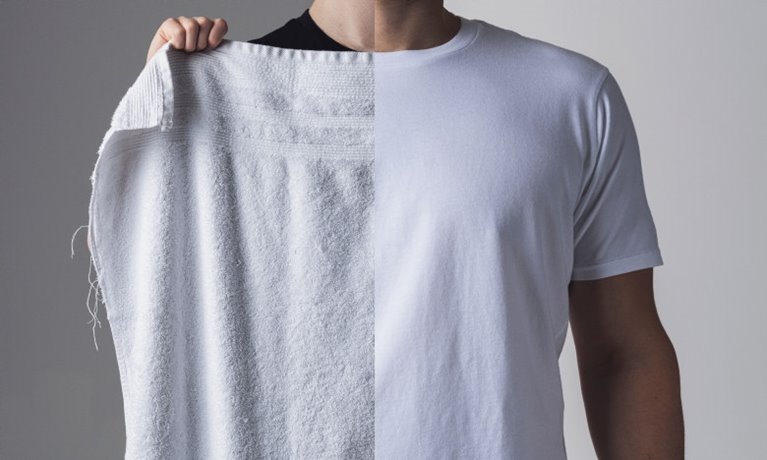Recyclable fashion

Some 100 million tonnes of textile fibres are produced every year, mostly from fossil-based materials, with less than one percent recycled. But thanks to OnceMore®, the industry is a step closer to a more circular model. This ground-breaking technology from forest industry group, Södra, recycles textile waste from blended fibres. Södra’s Director, Sourcing Excellence & Projects, Niclas Berg, explains what needs to happen next.

What difference can Södra make with OnceMore®?
The most significant impact is from leading by example, which is the theme of our CEO’s address to COP 26 in November. Our patented technology separates the fibres in blended fabric textile waste which are combined with our dissolving woodpulp from sustainably-managed trees.
Who can help?
There are companies doing a great job managing waste textiles, but large quantities still end up incinerated or in landfill. We need an industrialized recycling supply chain, which calls for: EU-wide initiatives, education and textile recycling mandates; nationally coordinated systems to collect textiles from businesses and homes; and investment in sorting technologies. With these in place, then processes such as OnceMore® could be scaled up to have a really big positive impact.
Is this realistic? Are there other industries getting it right?
For decades now, tissue paper manufacturers have been successfully sourcing recycled paper as a major raw material. There are standards in place and when tissue mills order quantities of recycled paper, they can rely on receiving a reliable supply of fibre with which to feed their process.
Hotels and hospitals are an important source of recycled material for OnceMore®. Why is that?
So far, our technology can handle white blended materials with, at most, small stripes and customer logos, so the hospitality industry and hospitals are an ideal source. But we are working with market leading fibre producer Lenzing to enable the processing of coloured fabrics.
How about clothing? Is there potential for this to be recycled?
Certainly, but dyes, prints, buttons, zips, elastane and other fibres prevent us processing clothing so far. This will change as processing and sorting technology improves, but we need partners in chain.
What can producers and users of textiles do to play their part?
Producers of textiles must start to design for circularity. This means focusing on long-lasting garments/textiles which are recyclable once they reach end of life. In general, blended fibers make recyclability more complicated if not impossible. A vision for the future is that every garment is labeled from the outset with a possible recycling solution.
What next?
The key is coordination throughout the value chain. We will prioritize sourcing textile volumes from Europe, where there is plenty to supply a significant recycling industry if we can figure out how to collect and sort for alternative use in a cost-effective way. We estimate that we need at least 5kg of textiles to extract 1kg of material which is suitable for our process. With vision and cooperation, the remaining 4kg could also be repurposed effectively. We want to be part of a big picture of circularity.
Show all content for topic
Subjects: Pulp
